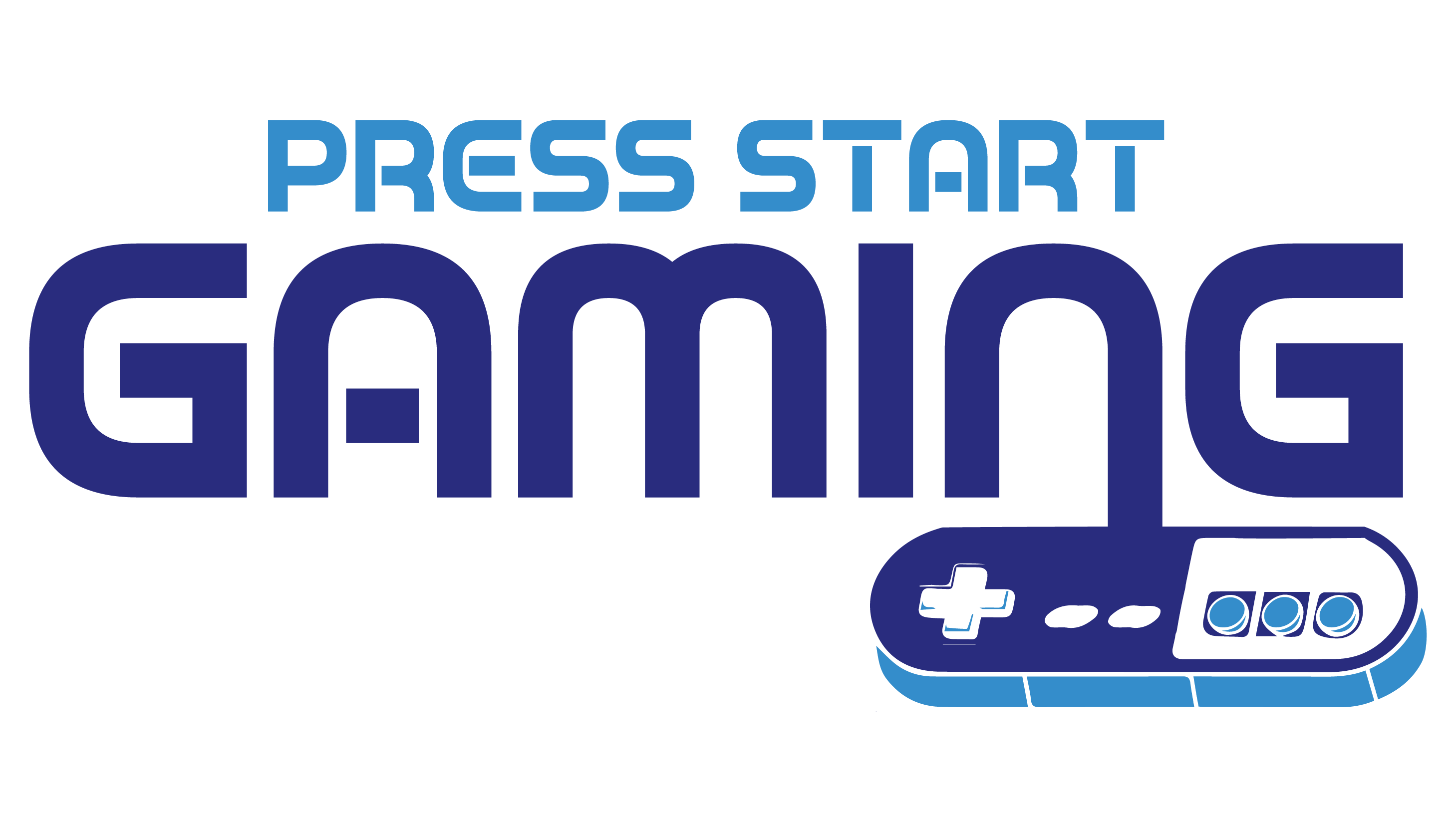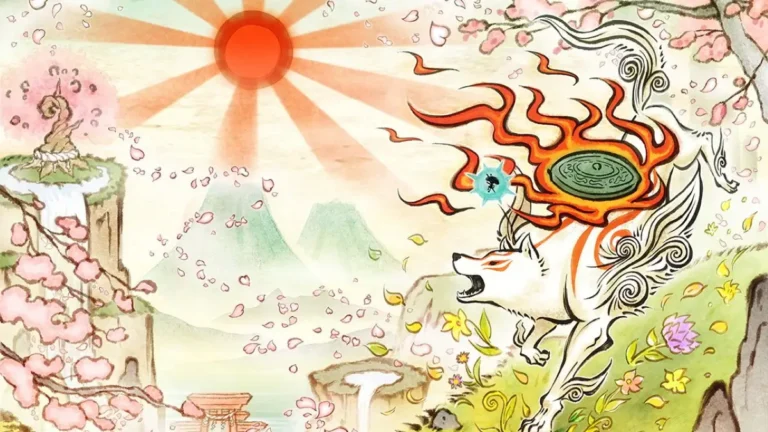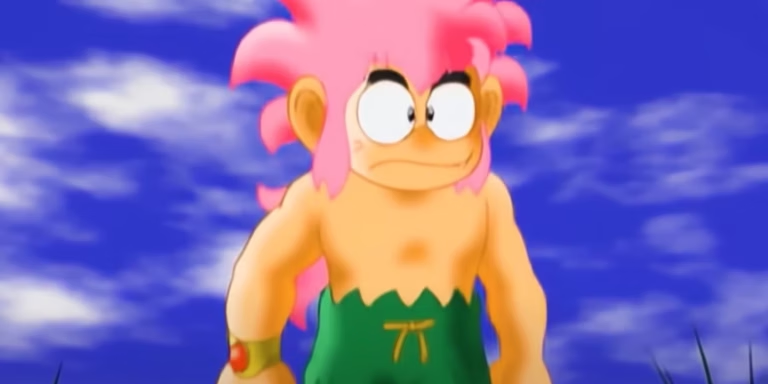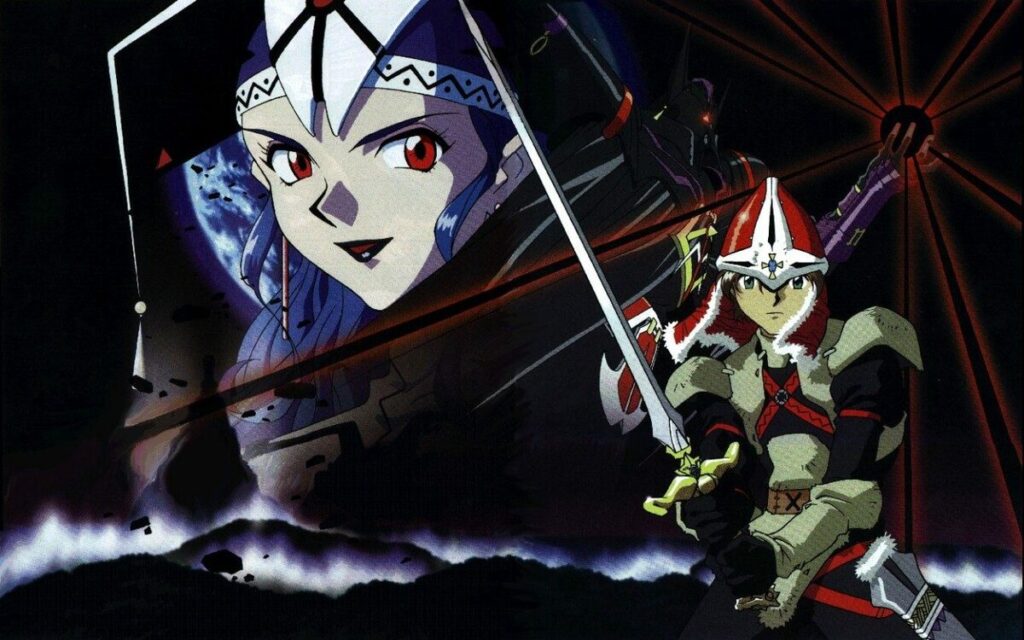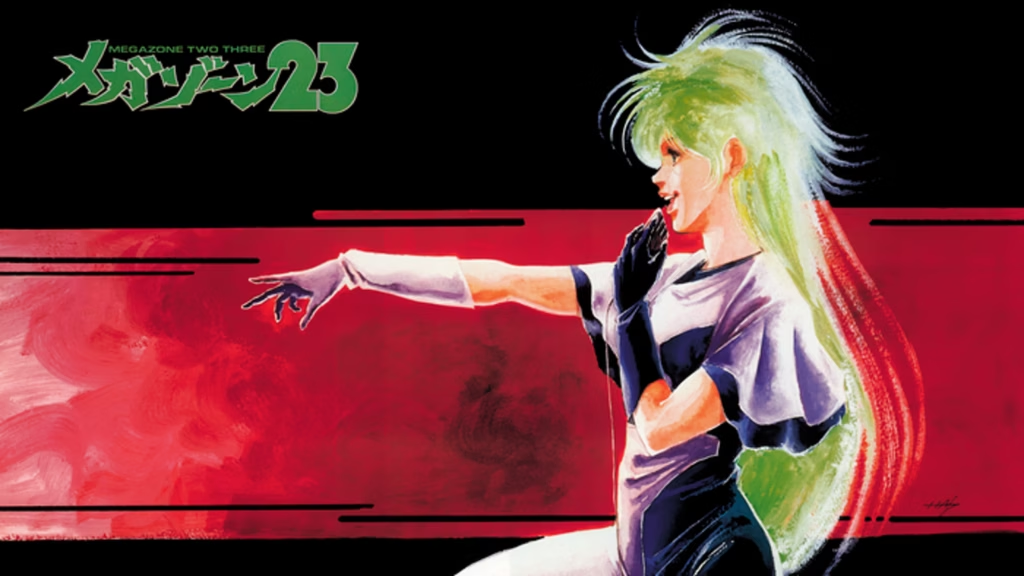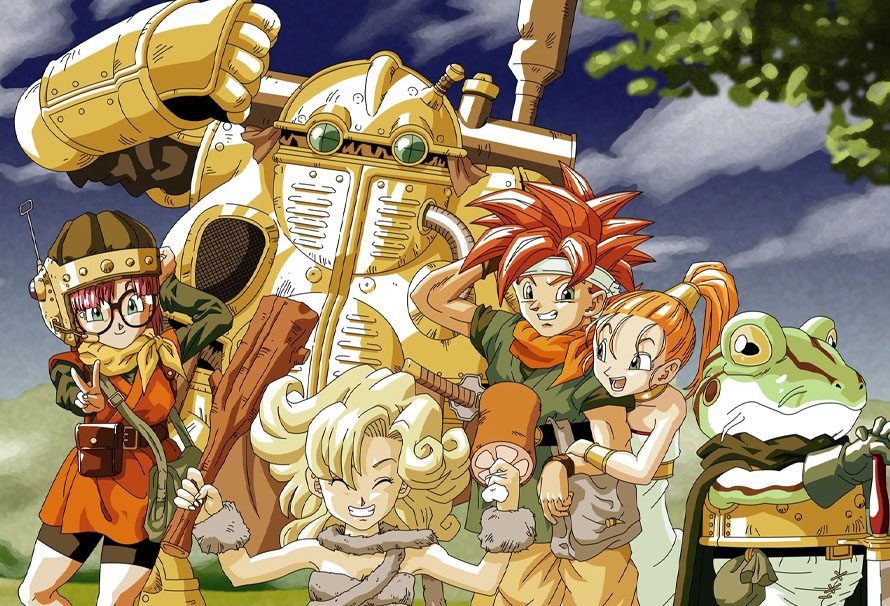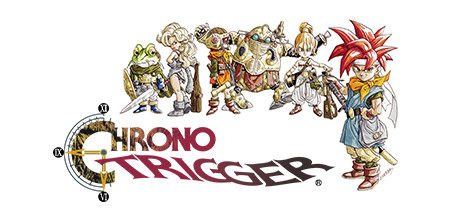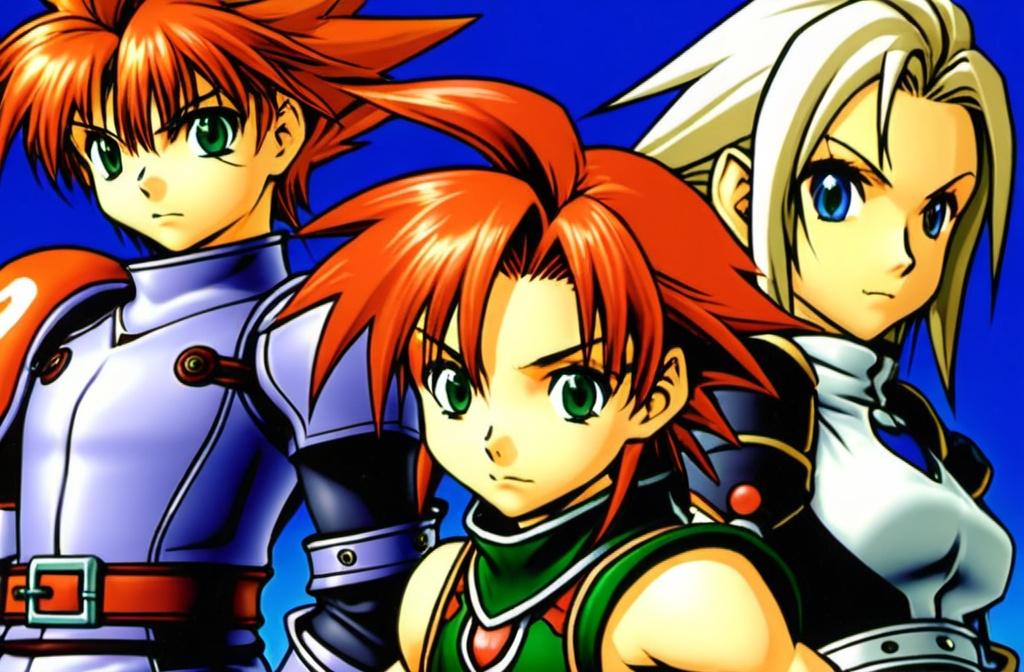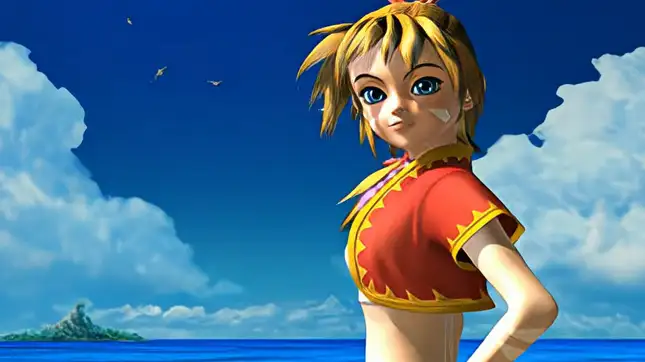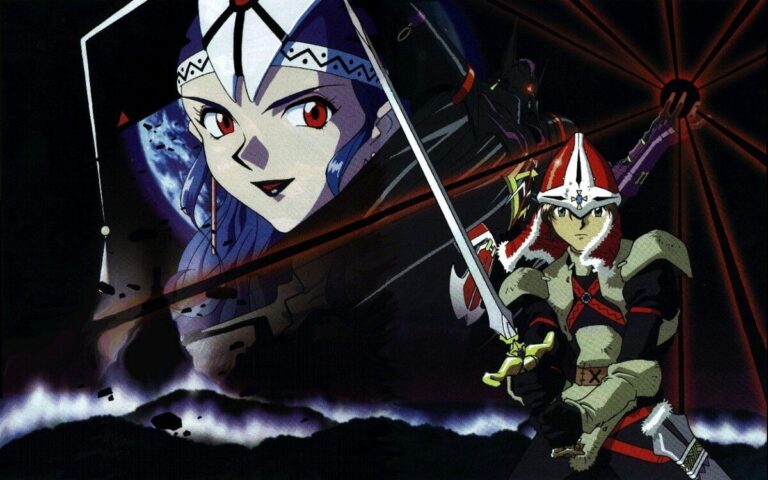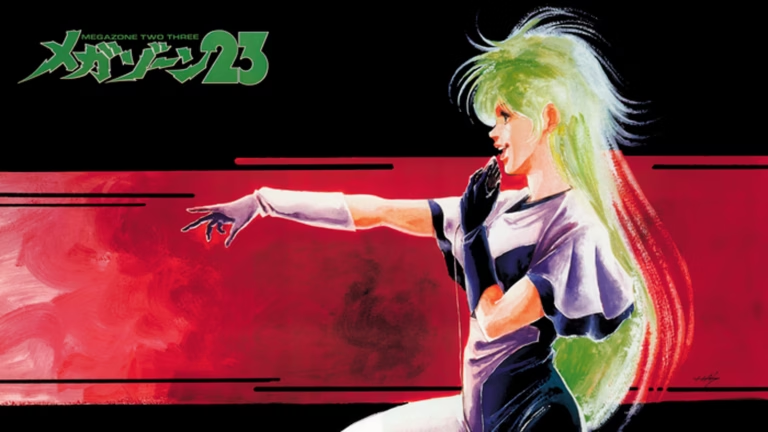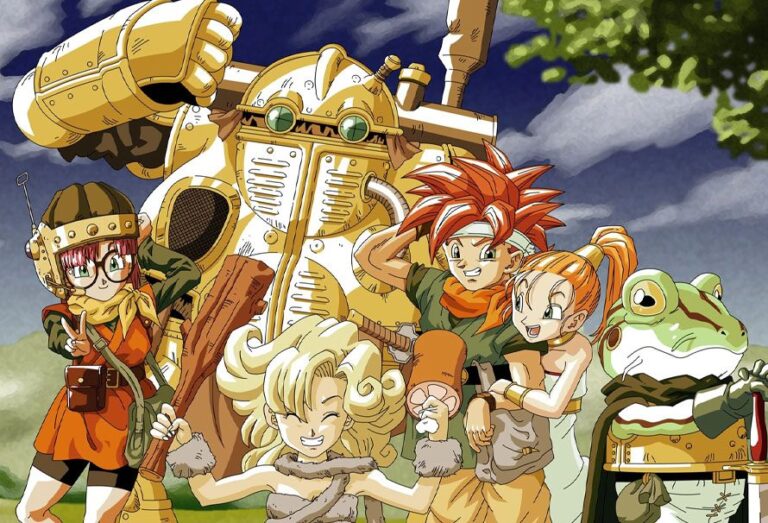Game data not found.
Story
Prince of Persia: Warrior Within, released in 2004, is the direct sequel to the critically acclaimed Prince of Persia: The Sands of Time. This installment presents a darker, more mature narrative, pushing the boundaries of its predecessor’s whimsical storytelling. The game follows the Prince as he attempts to defy his predetermined fate. Haunted by visions of his impending death, the Prince learns that he is being hunted by an unstoppable force known as the Dahaka. To escape this fate, he must travel to the Island of Time, where the Sands of Time were created, to prevent their creation and alter his destiny.
The narrative is steeped in themes of fate, survival, and redemption. The Prince is portrayed as a tormented soul, burdened by his past actions and the constant threat of the Dahaka. Throughout the game, he encounters various allies and adversaries, including Kaileena, the enigmatic Empress of Time, and Shahdee, her loyal servant. Each character adds depth to the story, challenging the Prince’s perception of morality and choice. The plot twists are intricate, with time travel playing a crucial role in unraveling the story’s mysteries.
Gameplay
Prince of Persia: Warrior Within introduces several enhancements to the gameplay mechanics that fans enjoyed in The Sands of Time. It retains the series’ hallmark acrobatic platforming but integrates a more complex combat system, emphasizing a free-form fighting style. The Prince can now wield dual weapons, allowing for a diverse array of combat strategies and combos. Players can execute a series of acrobatic attacks, including wall flips and speed kills, which are crucial for defeating the myriad of enemies and bosses encountered throughout the game.
The game also expands on the time-manipulation mechanics, providing more options such as slowing down time and recalling mistakes. These abilities are not just gimmicks but integral to solving environmental puzzles and gaining the upper hand in combat. The level design is non-linear, encouraging exploration and backtracking to unlock new paths and secrets as players gain new abilities.
The enemy AI has been significantly improved, offering a more challenging experience. Enemies adapt to the player’s tactics, requiring strategic thought rather than mere button-mashing. The game’s bosses are particularly challenging, each requiring specific tactics to defeat, often involving the clever use of the Prince’s acrobatics and time powers.
Graphics and Sound
Warrior Within marks a significant departure from the bright, lush visuals of its predecessor. The game adopts a darker, grittier aesthetic that reflects its mature themes. The environments are richly detailed, ranging from the eerie halls of a dilapidated fortress to the mystical landscapes of the Island of Time. The character models are intricately designed, with fluid animations that enhance the realism of the Prince’s acrobatic movements and combat maneuvers.
The sound design complements the game’s dark and intense atmosphere. The soundtrack, composed by Stuart Chatwood, incorporates rock and metal elements, underscoring the game’s edgier tone. The voice acting is robust, with each character delivering performances that imbue the narrative with emotional depth. The ambient sounds, from the clashing of swords to the creaking of ancient mechanisms, further immerse players in the war-torn world of Warrior Within.
Legacy and Reception
Upon release, Prince of Persia: Warrior Within received generally positive reviews from both critics and players. It was praised for its refined gameplay mechanics, particularly the improved combat system and the expanded time-manipulation abilities. Critics lauded the game’s willingness to take risks with its darker narrative and mature themes, though some felt it strayed too far from the charm of The Sands of Time.
The game’s graphics and sound design were also highlighted as significant achievements, with many appreciating the atmospheric world and intense soundtrack. However, the game’s shift in tone was polarizing, with some longtime fans expressing disappointment over the loss of the previous game’s sense of wonder and whimsy.
Despite these mixed feelings, Warrior Within has left a lasting impact on the action-adventure genre. Its free-form combat system influenced numerous subsequent games, setting a standard for fluid, dynamic battle mechanics. The game also reinforced the importance of narrative depth and character development in the genre, encouraging developers to explore more mature themes in their stories.
Conclusion
Prince of Persia: Warrior Within stands as a bold entry in the iconic series, taking risks with its narrative and gameplay that paid off in many respects. Its darker tone and complex story challenged players, offering a multifaceted experience that went beyond traditional platforming and combat. While its reception was mixed due to its departure from the series’ original charm, its legacy is undeniable, influencing countless games that followed.
Ultimately, Warrior Within is a testament to the evolving nature of video games as a medium for storytelling and innovation. It pushed the boundaries of what an action-adventure game could achieve, leaving a mark on the industry that continues to be felt today.
